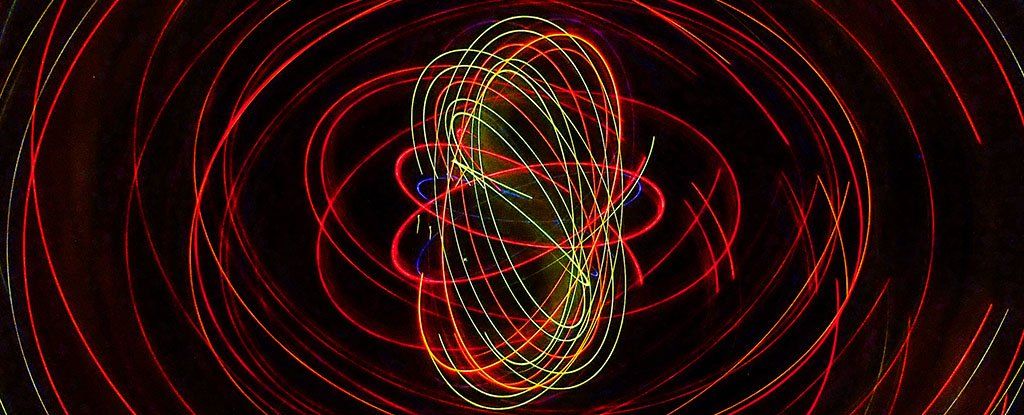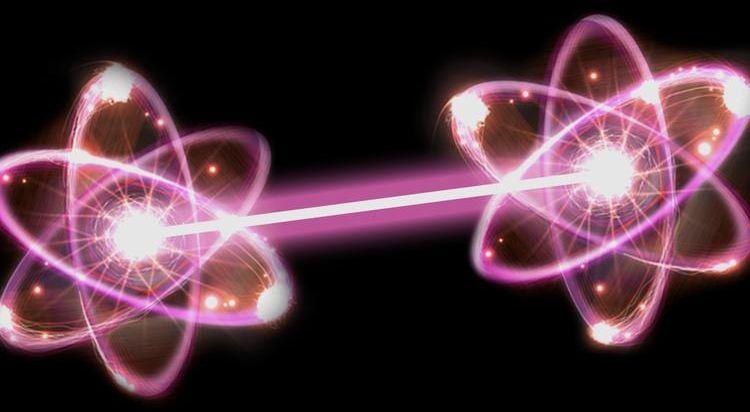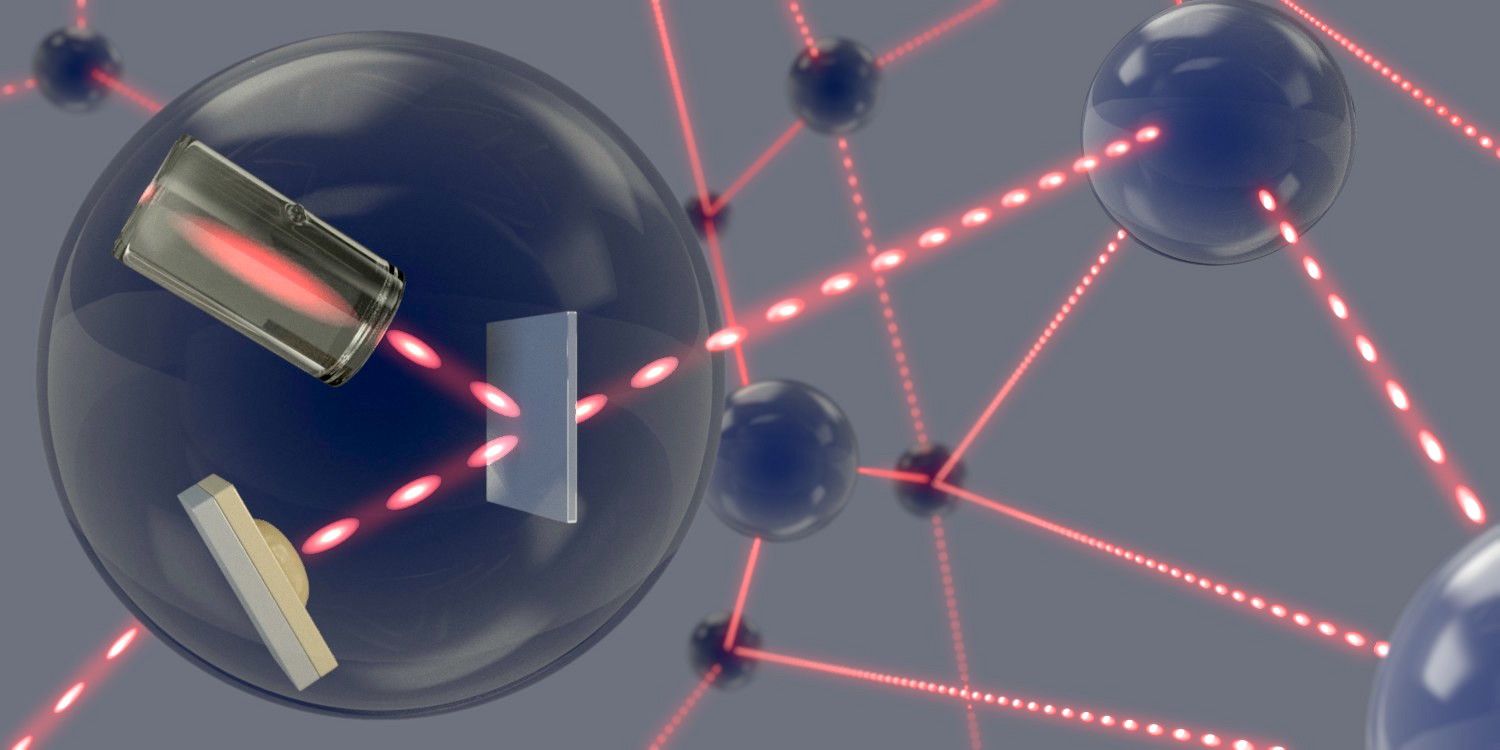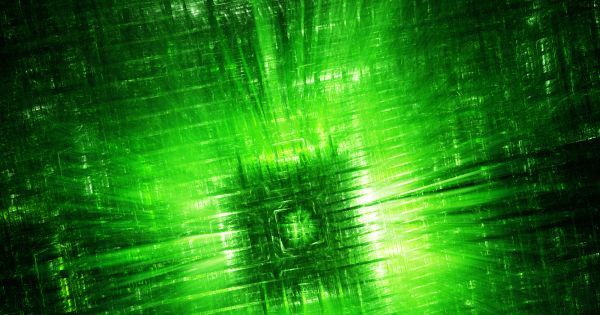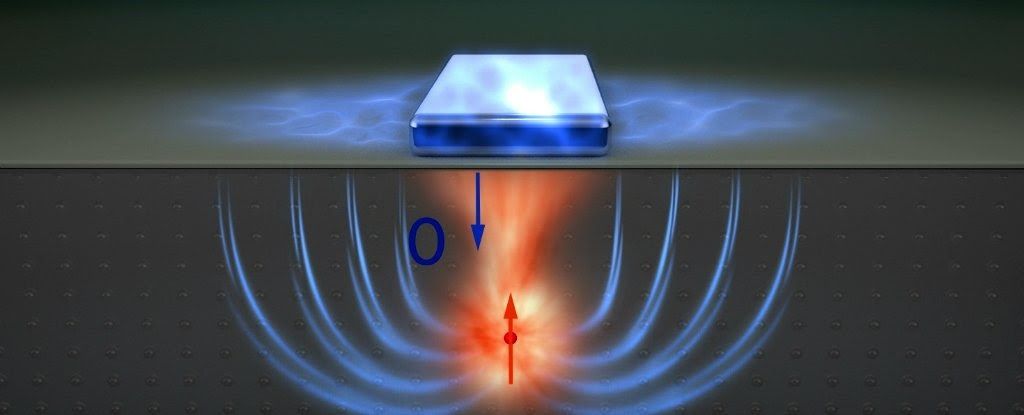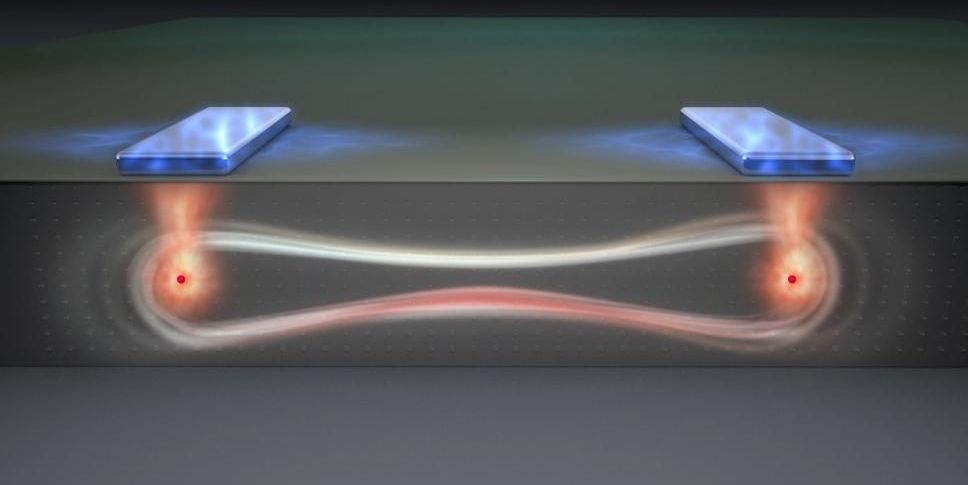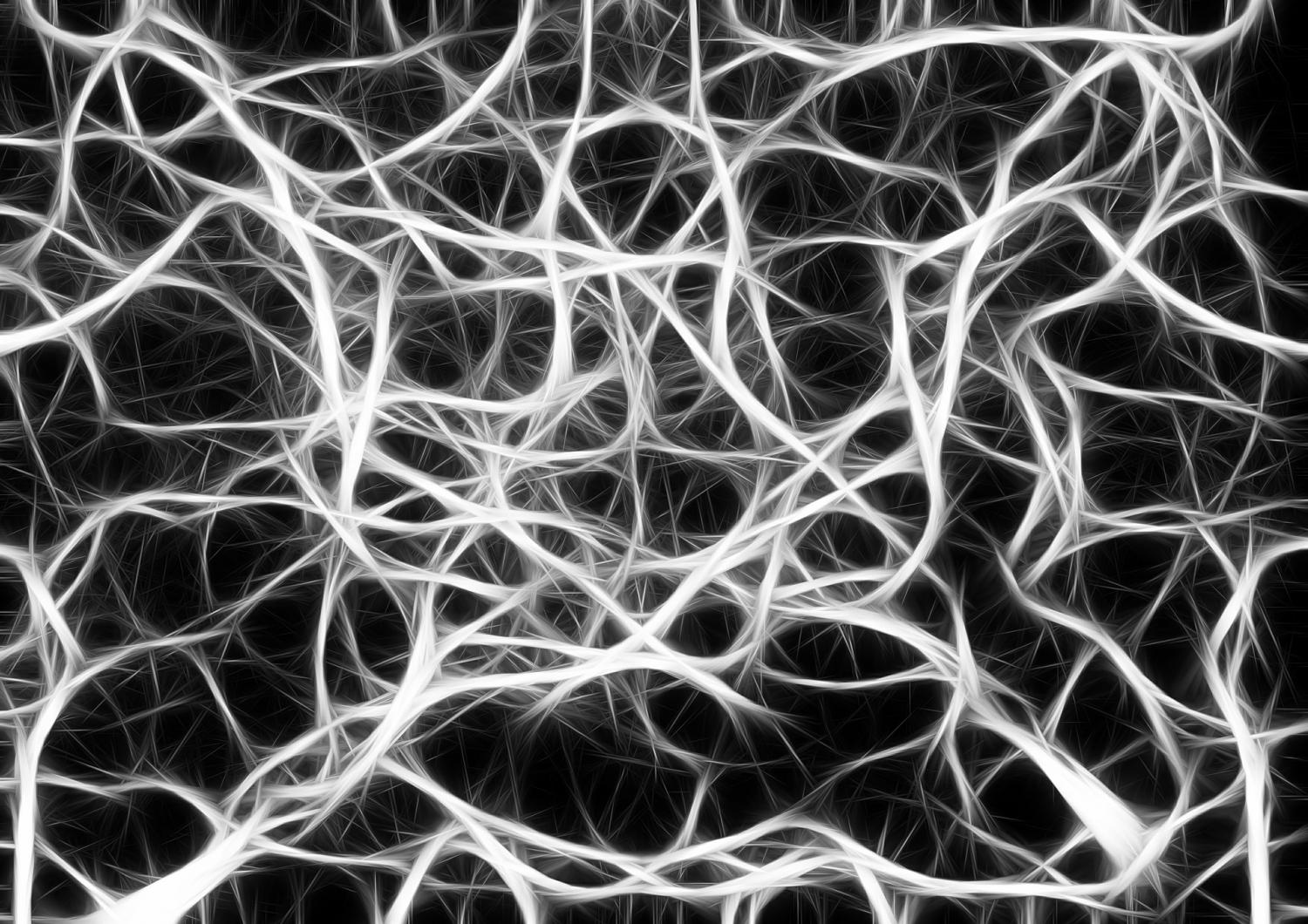Sep 9, 2017
We Now Have an Equation That Explains How The Hell Quantum Chaos Behaves
Posted by Saúl Morales Rodriguéz in categories: biotech/medical, information science, neuroscience, quantum physics
While physicists have managed to wrap their minds around chaos theory in the macroscopic world, chaos also has its way at the quantum scale. And in many ways quantum chaos is even more perplexing than its large-scale counterpart.
Which is why it’s such a big deal that researchers have now presented a single equation that can predict how quantum chaos behaves.
This equation effectively explains the patterns within quantum chaos at the atomic level, and it could contribute to our understanding of everything from brain surgery to string theory.
Continue reading “We Now Have an Equation That Explains How The Hell Quantum Chaos Behaves” »
